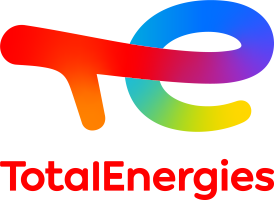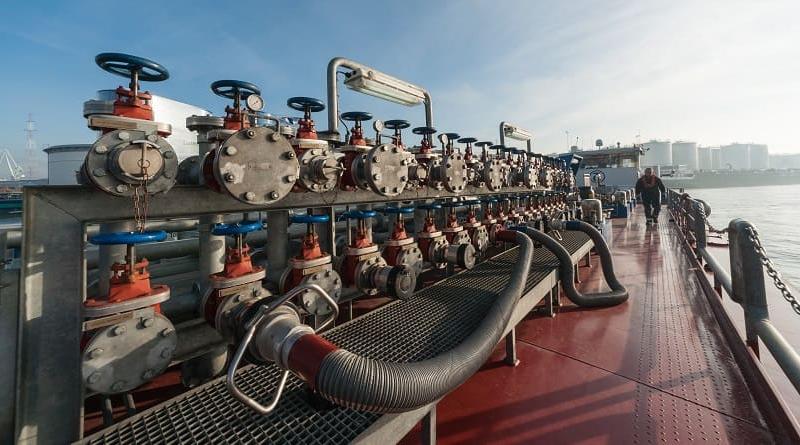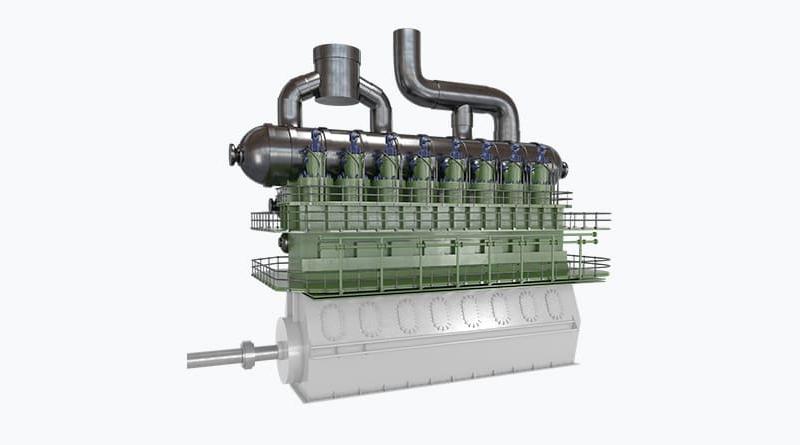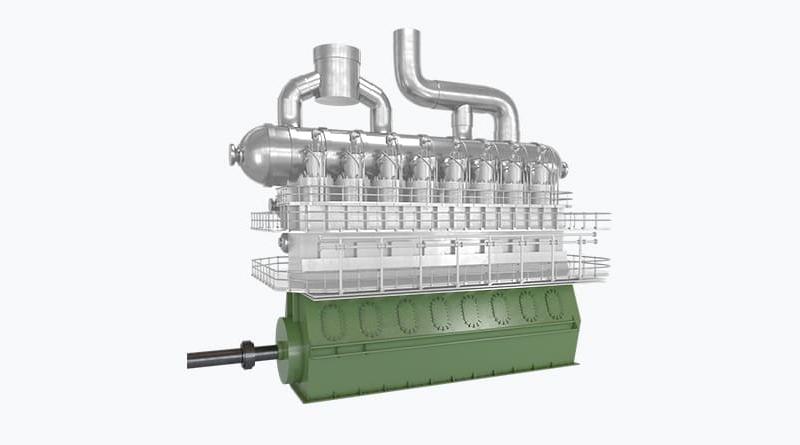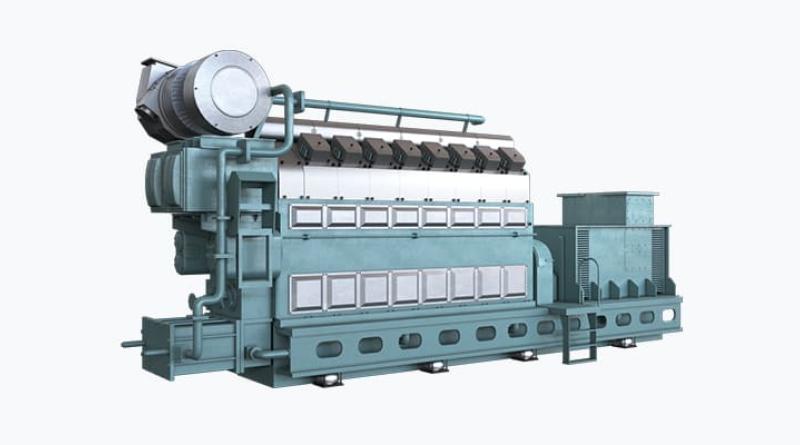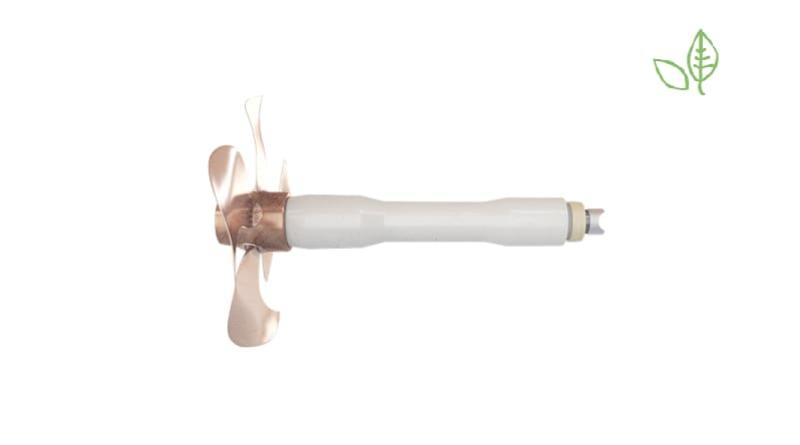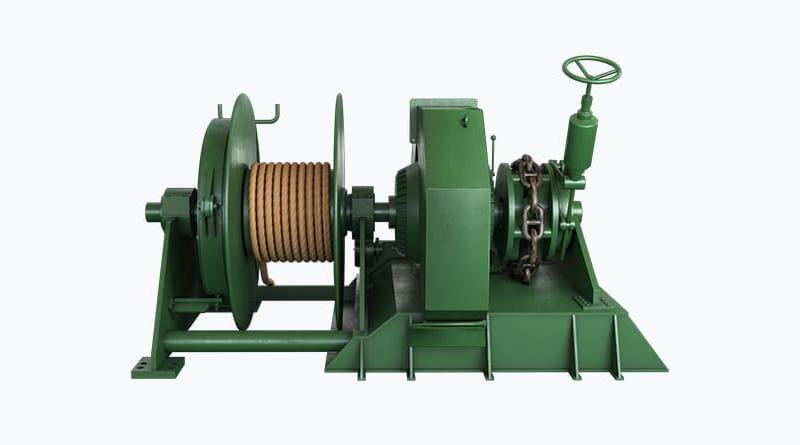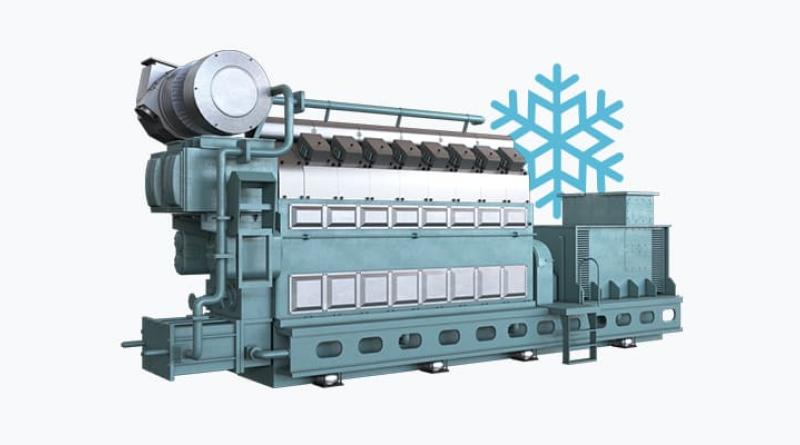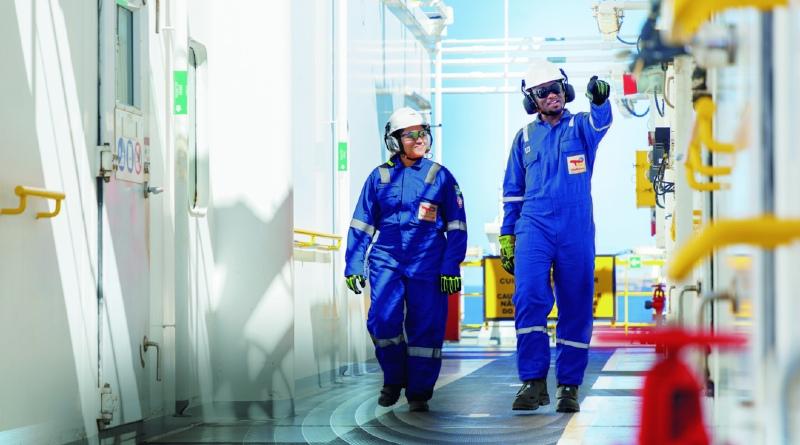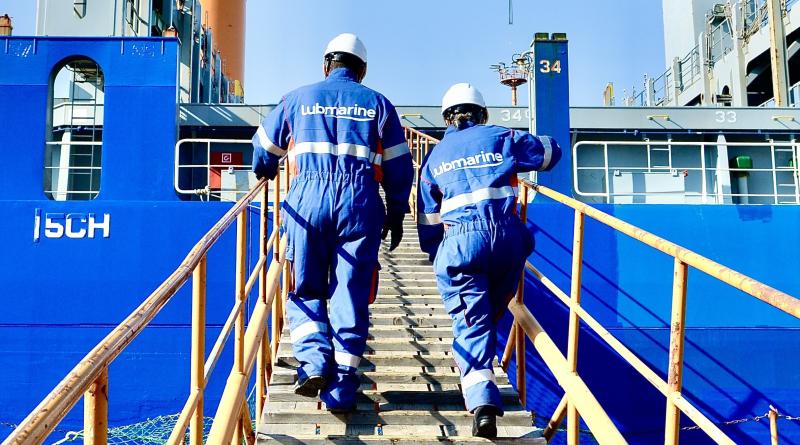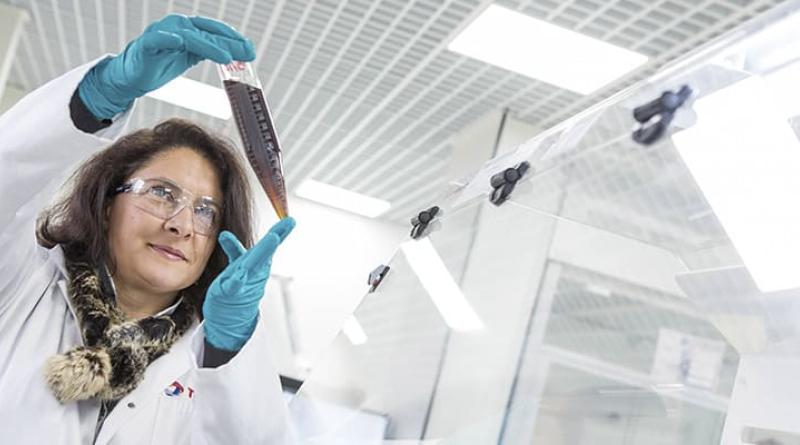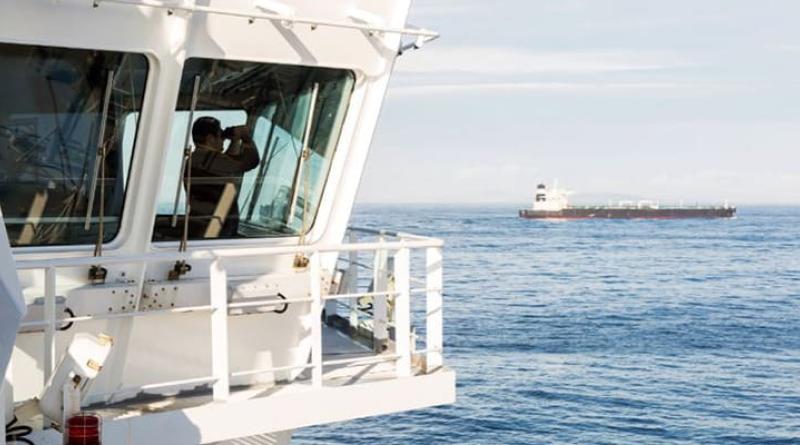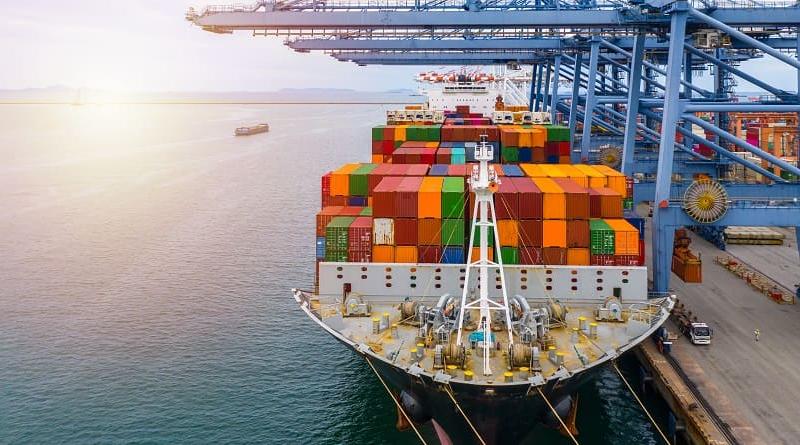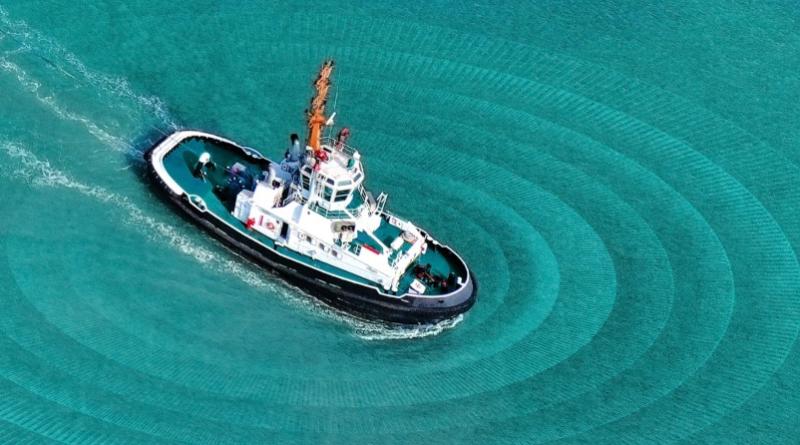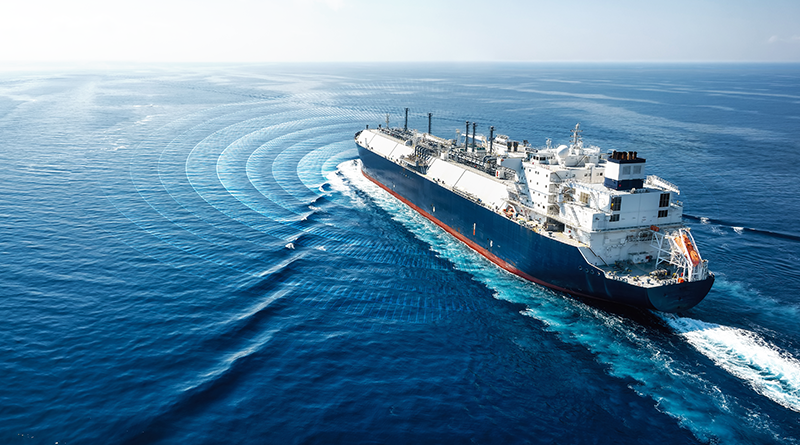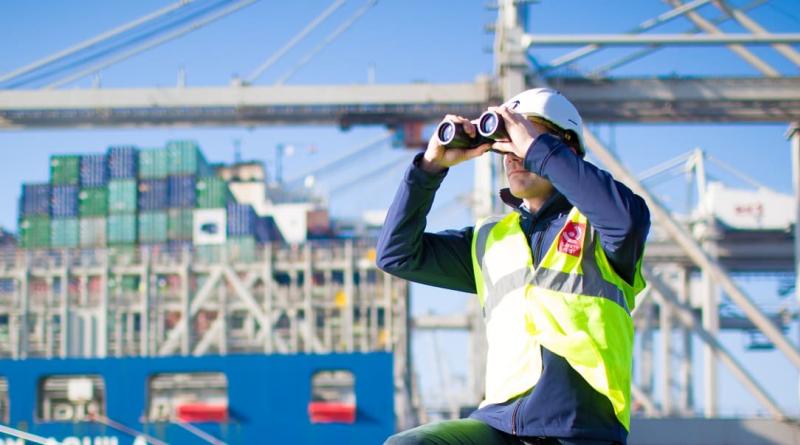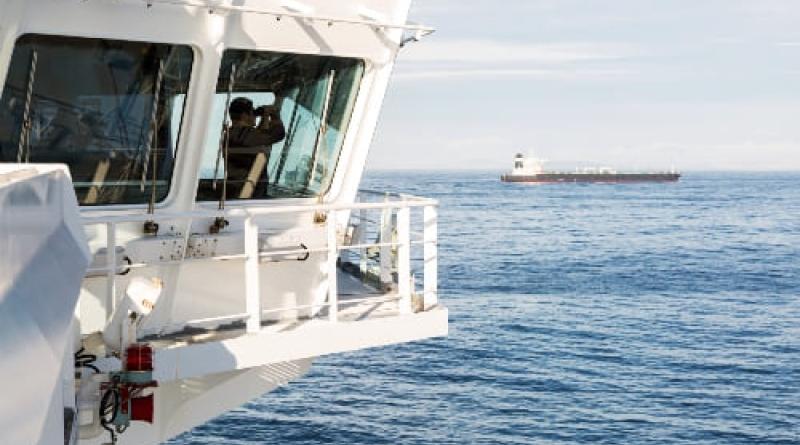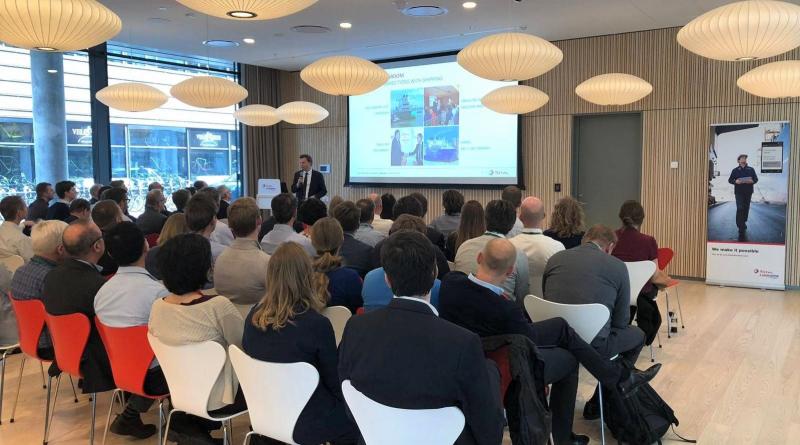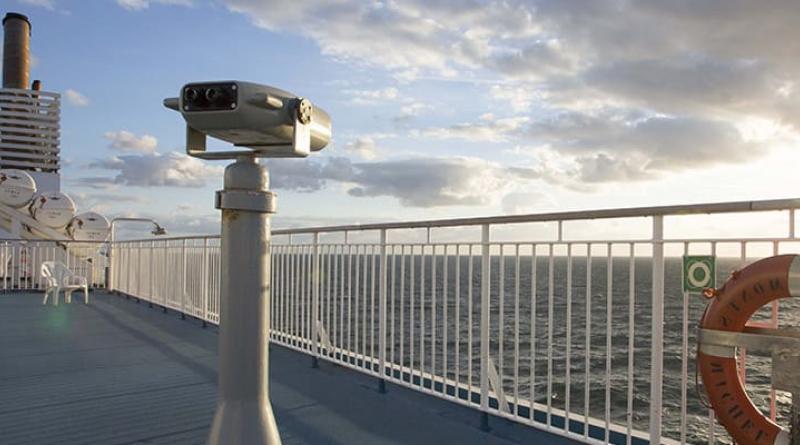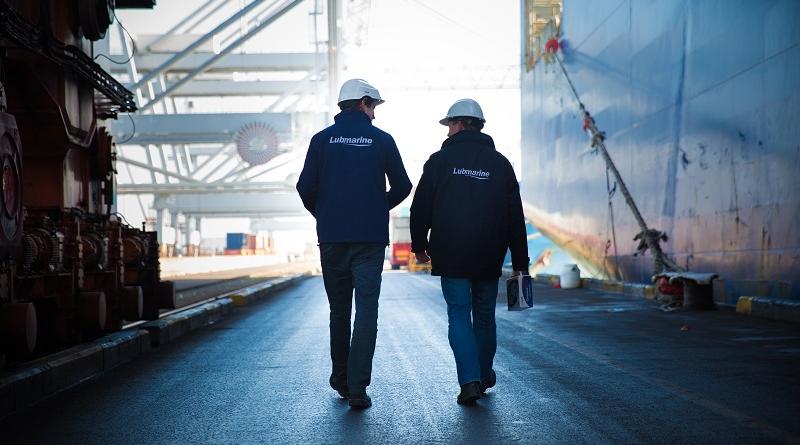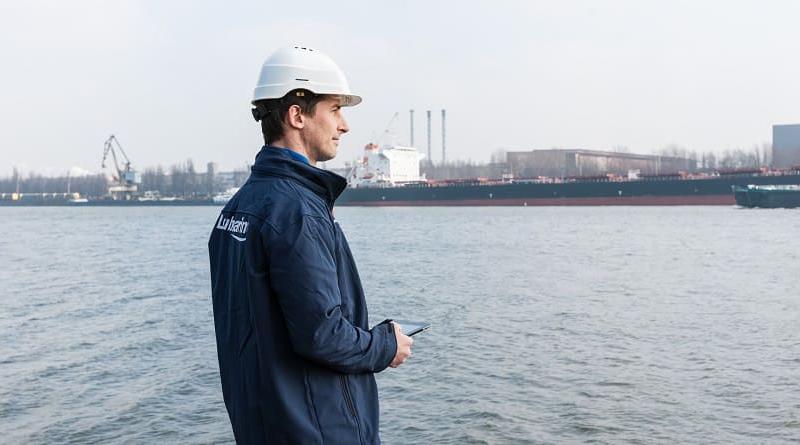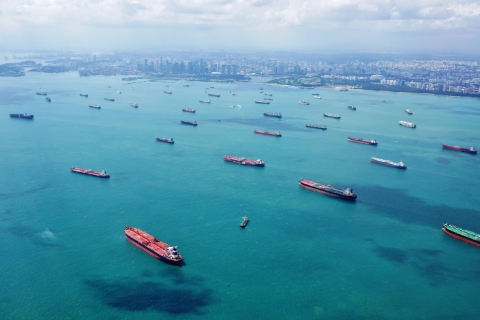
In the August edition of the Monthly Shipping Review, leading shipbroker Simpson Spence Young (SSY) examines the rush to ensure scheduled newbuild deliveries are met.
The broker says that owners are keen to take advantage of the higher freight rates that are anticipated in the second half of 2019. This is amid the increased demand, and potential disruption, to trade ahead of the IMO 2020 switchover to low sulfur marine fuels.
SSY says that the rate of fleet growth in 2019 has been surprising due to the high percentage of the order book that has already been delivered in some sectors of the fleet, particularly for crude tankers.
A key example of this can be seen in the VLCC sector, where deliveries for the first six months of 2019 were at a 20-year high for a half year period. Some 39 vessels of 12.11 million deadweight tonnage (dwt), or 54% of the VLCC order book, were delivered between January and July 2019.
The first half of 2019 also saw 74% of the current Suezmax orderbook delivered at 23 vessels of 3.51 million dwt and 68% of the Aframaxes, or 19 vessels of 2.15 million dwt.
“In deadweight terms, this is the biggest half-yearly expansion in a decade, driven by a net 3.9% rise in the crude fleet – 63 ships of 15.17 million dwt – and a net 3.36% increase in the product sector – 90 ships of 5.32 million dwt,” said SSY.
The crude and product tanker fleet of over 10,000-dwt grew by a net 3.8%, or 20.7 million dwt, in the first half of 2019 amid a rapid pace of deliveries and a sharp slowdown in removals. According to SSY, owners are eyeing the prospect of higher spot rates in the second half of 2020 and the potential for older vessels to be hired for floating storage of marine fuels ahead of IMO 2020.

